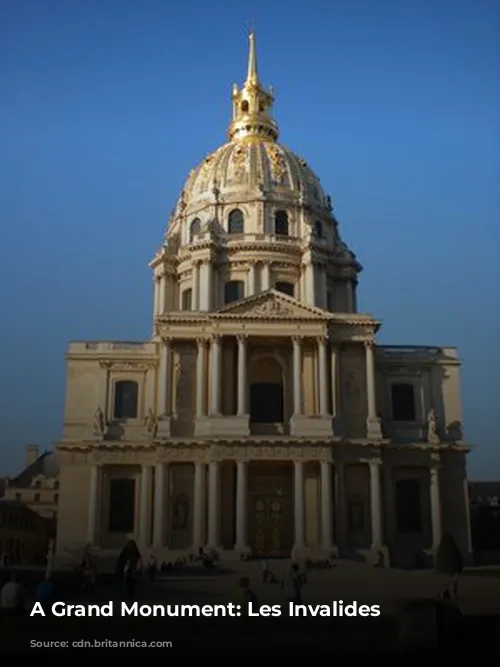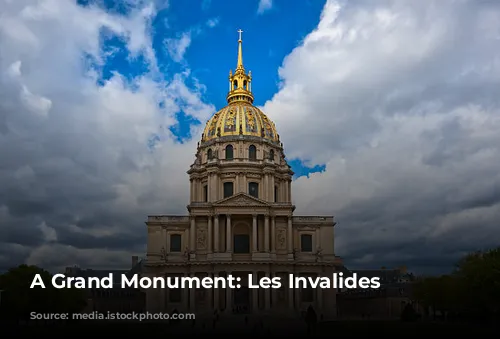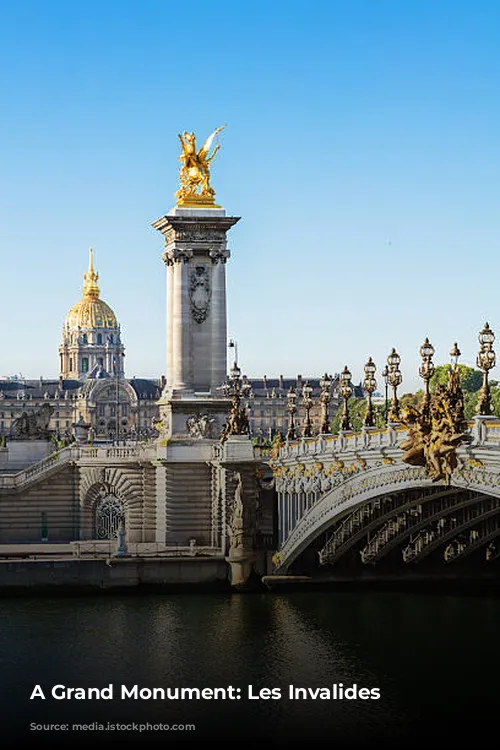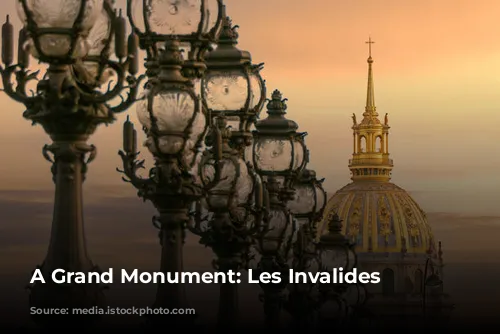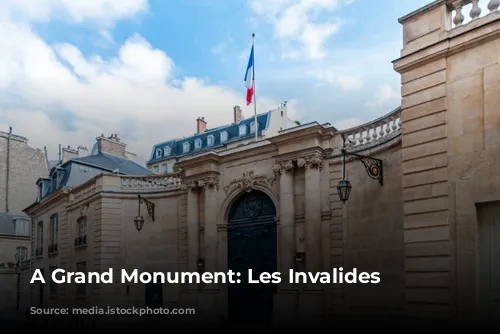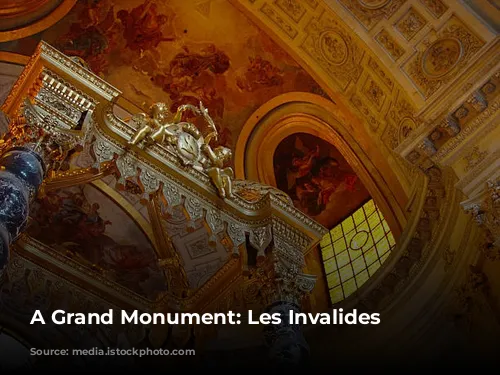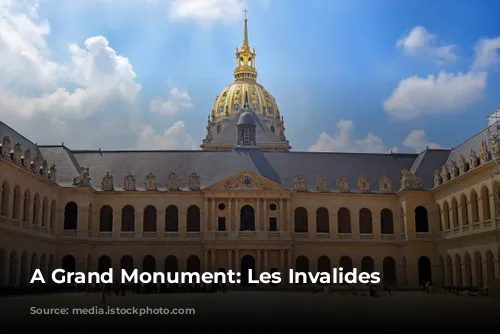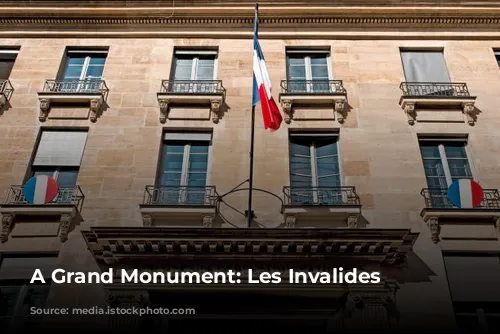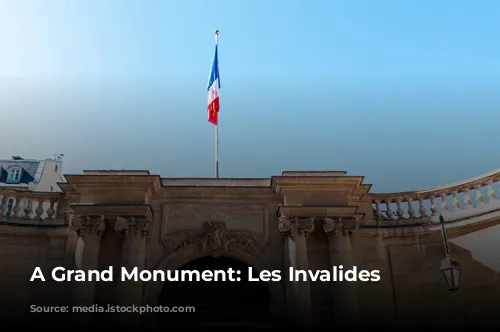Les Invalides, a sprawling complex in Paris, stands as a testament to France’s military history and royal grandeur. Built in the 17th century, this remarkable structure was designed to serve a dual purpose: as a haven for wounded soldiers and as a place of worship. This awe-inspiring monument, located on the Left Bank of the Seine, is a must-see for anyone visiting the City of Lights.
A Legacy of War and Devotion
The construction of Les Invalides was the brainchild of King Louis XIV. He sought to honor the sacrifices made by the brave men who fought in his wars. The majority of the complex, dedicated to the care and accommodation of veterans, was completed within a mere five years under the skillful guidance of the architect Libéral Bruant. However, the design of the church proved to be a challenge. Bruant’s initial plan for the nave eventually became the soldiers’ chapel, known as the Église des Soldats.
Pierre Fontaine, a renowned architect and designer, suggested a unique touch: draping the nave with enemy banners captured by victorious French armies, transforming the chapel into a striking symbol of national pride. Jules Hardouin-Mansart, famed for his work on the Palace of Versailles, was then entrusted with designing the royal chapel, named the Dome Church or Église du Dôme. This majestic structure boasts a golden dome and an exquisite interior adorned with a fresco by Charles de La Fosse, depicting Louis IX, known as St. Louis, presenting his sword to Christ. The two chapels are connected by an oval sanctuary, creating a harmonious fusion of sacred spaces. This hybrid church was dedicated to Louis IX, the most celebrated soldier-king in French history.
A Resting Place for Heroes
Les Invalides became more than just a sanctuary for veterans; it evolved into a mausoleum for some of France’s most distinguished figures. During the tumultuous events of July 14, 1789, the revolutionary mob, after storming the Bastille prison, used weapons seized earlier that day from the Hôtel des Invalides. This momentous event further cemented Les Invalides’s place in French history.
In the 19th century, the Dome Church’s floor was removed to accommodate the tomb of Napoleon I. This elaborate tomb, featuring a red porphyry sarcophagus and a series of nested coffins, was designed by the talented Italian architect Louis-Tullius-Joachim Visconti. The intricate work wasn’t completed until 1861, a full 40 years after Napoleon’s death. The Dome Church also serves as the final resting place for Napoleon’s son, Napoleon II, his brothers Joseph and Jérôme Bonaparte, and many other notable figures, including French marshals and generals.
The crypt of the soldiers’ chapel, known as the Cave of Governors (Caveau des Gouverneurs), holds the remains of other prominent individuals, such as Claude-Joseph Rouget de Lisle, the composer of the French national anthem, “La Marseillaise.”
A Monument of History and Remembrance
Les Invalides is more than a historical landmark; it is a living monument that continues to serve its original purpose. The military hospital remains operational, providing care to those who have served their country. The complex also houses the headquarters of the military governor of Paris. The soldiers’ chapel, now known as the Cathédrale St.-Louis des Invalides, remains a place of worship for the Catholic community.
Les Invalides also serves as a repository of French military history, housing the Army Museum (Musée de l’Armée). This extensive collection showcases arms, armor, paintings, and decorations from various periods in French history, encompassing the era of Napoleon and culminating in World War II. Two smaller museums, located on the same premises, contribute to Les Invalides’s rich tapestry: the Museum of the Order of the Liberation (Musée de l’Ordre de la Libération), dedicated to France’s World War II heroes, and the Musée des Plans-Reliefs, featuring a fascinating collection of relief models, mostly of fortified cities, created as visual aids for military commanders.
Les Invalides stands as a poignant reminder of France’s military prowess and its unwavering spirit. This complex, a fusion of history, art, and spirituality, is an experience that will stay with you long after you leave its hallowed halls.

